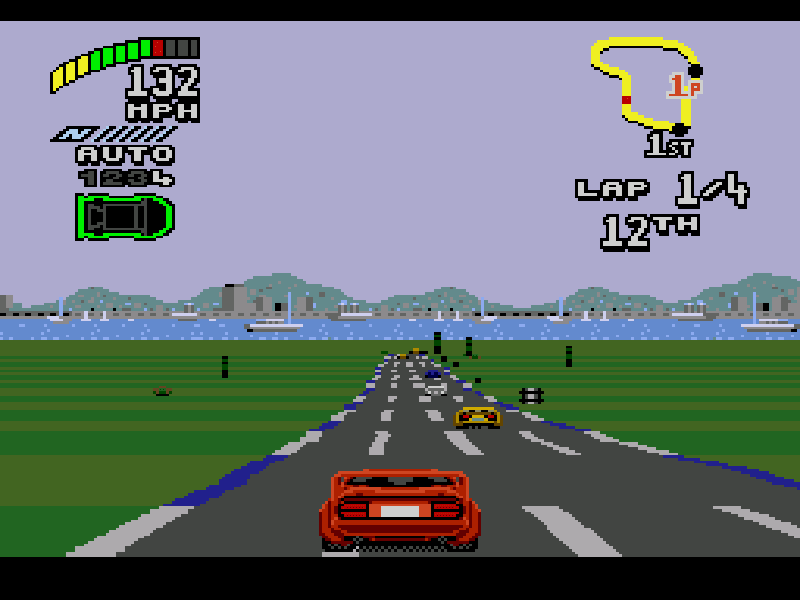
Top Gear 2
Rating: 4.36 from 5 (based on 14 votes. 👍 10 – users like it, 👎 2 – disliked, 💬 2 – comments posted)
Released: December 2018
"Top Gear 2" is a classic in the racing game genre, remembered fondly by fans for its accessible yet challenging gameplay. It built on the success of the original "Top Gear" game with enhancements that offered a more complex and rewarding racing experience.
Here are some key aspects of "Top Gear 2":
-
Gameplay Mechanics: The inclusion of car upgrades was a significant addition, allowing players to improve various aspects of their vehicle, including the engine, nitro boosts, transmission, armor, and tires. This upgrade system added a strategic layer to the game, as players had to manage their winnings to enhance their car's performance.
-
Race Conditions: The game introduced weather conditions that affected the driving experience. This required players to adapt to changing environments, adding an extra layer of difficulty and realism.
-
Tracks and Locations: With 64 tracks across 16 countries, "Top Gear 2" offered a wide variety of racing landscapes. This global trek added to the game's replayability and international flair.
-
Damage Model: The game featured a damage model which indicated the condition of the player's car. Taking too much damage could lead to a spin-out or, ultimately, disqualification if the car ran out of fuel—a new level of realism not seen in the predecessor.
-
Power-ups and Pickups: Nitro boosts were crucial for gaining an edge over opponents, and the ability to pick up extra boosts or cash during races added a strategic element to each race.
-
Controls: The game gave players the choice between automatic and manual transmissions, which catered to both casual players and those seeking a more involved driving experience.
-
Graphics and Sound: While the game reused some graphics from the Lotus series, it still stood out for its vibrant visuals and energetic soundtrack, which were advanced for the time and contributed greatly to the game's atmosphere.
The combination of these features helped "Top Gear 2" to stand out in the early 90s as a solid racing game. It managed to strike a balance between arcade-style playability and more simulation-style management and vehicle dynamics, which catered to a broad audience of gaming enthusiasts. The game has since been recognized as a classic of the 16-bit era, influencing many racing games that followed.

kittytoe
- 02-03-2021 14:29:07